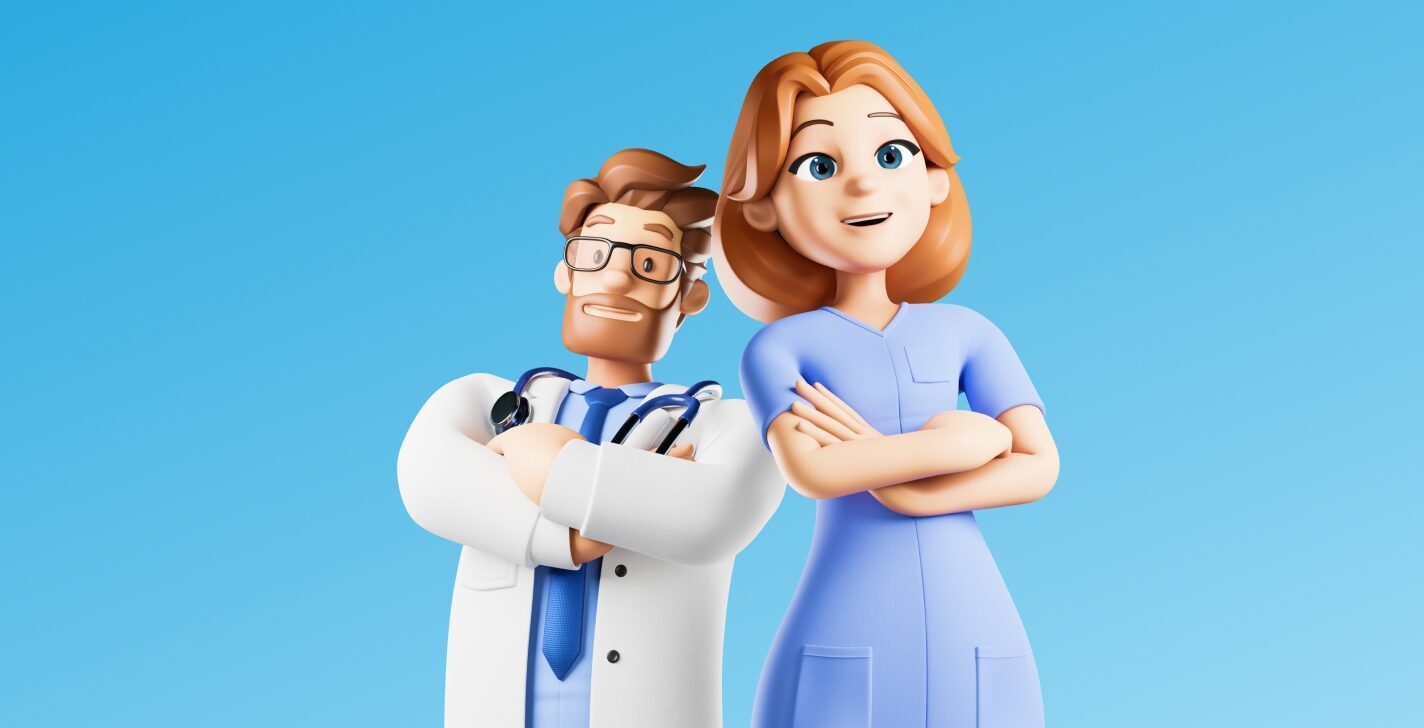
📖 Table of contents
This blog post was written by our medical student in Bratislava, Isabella Raber.
You have passed your Abitur, but your grade point average is not good enough to be accepted directly to a medical university in Germany. Many applicants feel the same way in this respect. Training courses or a voluntary social year can improve the average grade of the Abitur by up to 0.3 grades. But this is not the only way to raise your grade. The so-called "test for medical degree programmes", in short TMSyou can increase your chances of getting a place to study medicine at some universities.
One test for three medical degree programmes
The TMS is a test specially created for medical degree programmes that tests applicants in various categories. This means that it is permitted for human medicine, dentistry and veterinary medicine degree programmes and can increase the chances of gaining a place. The tasks change from year to year, but the categories, task types and duration of the subtests remain the same.
The structure: The first part of the TMS
The test is generally divided into part A and part B. Part A takes place from 9am, part B in the afternoon, after a 1-hour lunch break. In the first subtest of a total of eight, pattern matching is tested. This involves solving 24 tasks in 30 minutes. For each task, 1 pattern is presented with 5 cut-outs. Only one section is the correct answer and matches the pattern. All other possible answers have small deviations.
In the subsequent 60-minute subtest "Basic medical and scientific understanding", the overall knowledge of the scientific subjects of physics, biology and chemistry is tested. Here the applicant is given 24 knowledge tasks in multiple choice format. The third test, "Hose Figures", tests the candidate's spatial imagination in 15 minutes and 24 tasks. Cables and hoses are shown in a transparent cube and you have to determine from which side you can recognise them (for example, from the top, bottom, right, left, front or back). This is followed by the "quantitative and formal problems" test. Just like the previous subtest, it consists of 24 tasks that have to be solved in 60 minutes. Medical and scientific questions are presented with numbers, percentages, formulae or other information.
Relax and recharge your batteries
The first part of the TMS is now complete and the test participants can take a one-hour break. It is particularly important to relax in between and recharge your batteries for the second part. A good meal, enough to drink and fresh air can be very helpful here.
The structure: The second part of the TMS
The second part, which takes place from around 2 p.m., now consists of two phases: a memorisation phase and a subsequent reproduction phase in which your memorisation skills are tested. In the memorisation phase, you will be presented with figures, facts and texts about which you will be asked questions in the reproduction phase. The very last part of the TMS is the "Diagrams and Tables" subtest. Here the participant is presented with a table or diagram with a question for which there are five possible answers. No prior knowledge is required for this part, as all information can be derived from the table/diagram. This part is organised according to difficulty and takes 60 minutes for 24 tasks.
Not one, but two chances
The TMS is a stressful exam with many tasks that have to be completed in the shortest possible time, which is why it represents a major hurdle for many test participants. It puts examiners under great pressure and attempts to test as many skills as possible over a wide range. In previous years, the TMS could only be taken once. Recently, participants taking the test for the first time now have the opportunity to repeat the test within a year, which is a relief for many.
Preparation is key
Proper preparation for the TMS is not only important, but absolutely necessary. Many test participants report having studied for this test around three to four times a week for 2-6 months. However, how long you should study for the TMS depends on the individual. Some prepare intensively for the test within weeks, while others take more time to practise and study. Pattern matching, the tube figures and the second part of the TMS are particularly easy to practise. You can find lots of tips and tricks online on how to solve these types of tasks more easily and in less time.
A healthy lifestyle gives you an advantage
Last but not least, a healthy lifestyle is a big plus. Those who sleep, drink and eat enough can concentrate better and perform better on average. Test participants should therefore take good care of their mental and physical health and not stress themselves too much. Although the TMS is a challenge, it can be mastered with good preparation and a cool head!





